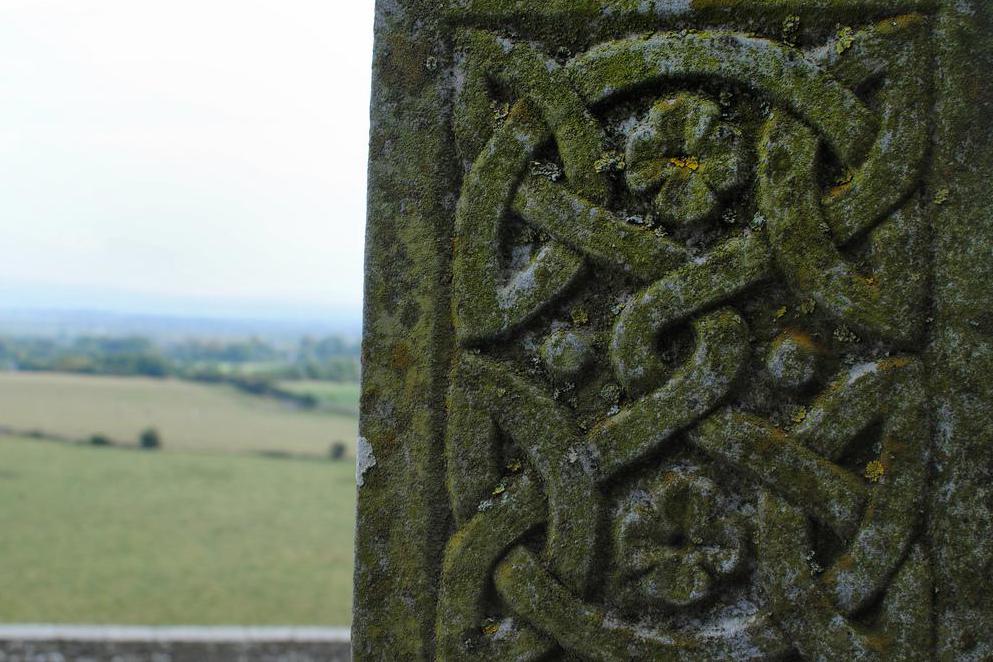At WiseGEEK, we're committed to delivering accurate, trustworthy information. Our expert-authored content is rigorously fact-checked and sourced from credible authorities. Discover how we uphold the highest standards in providing you with reliable knowledge.
What is a Celtic Knot?
A Celtic knot is a stylized interwoven design which resembles a knot in the sense of a knot of rope only in the most ornamental sense. Knotwork adorns a number of artifacts from Celtic culture, including stone carvings and jewelry, but it really began to thrive in the Christian era, when Celtic knots were adopted to decorate religious texts and structures. Many people link Celtic knots with the early culture of Britain and Ireland, although similar complex geometric designs can also be found in Scandinavian cultures and on the European mainland.
There is some dispute about the use of the word “Celtic” in this case. A “Celt” is someone who speaks a member of the Celtic language family, and at one time, the Celts were widely spread across much of Europe. Numerous historians wrote about the Celtic people, including the Romans, who fought bitterly with them in Gaul and Britain. The so-called “Celtic knot” rose to its height in Ireland and Scotland, although it was by no means limited to these areas; the term “Celtic knot” is used mainly by convention, despite the fact that it is not, perhaps, entirely accurate.

Whatever you want to call it, a Celtic knot is a very distinctive piece of artwork. Many were designed to be endless, with a repeating pattern that had no clear beginning or end. The knot could take the form of a complex grid, a stylized design of a plant or animal, or any number of shapes. If specific designs had particular meanings, these have been lost to history, despite what the card attached to your Celtic knot necklace may say.

Some historians believe that the stylized animal forms in Celtic knotwork reflect early religious prohibitions against depicting figures, and the few examples of Celtic knots from the early periods of Celtic history seem to support this theory. These early knots were often purely geometric in design.
No real record of Celtic knotwork exists before the Christianization of the Celtic peoples, and some people have suggested that the Celtic knot does not have pagan origins, despite fervent wishes to the contrary. Some of the finest examples of such knotwork can be found in Early Christian architecture, Bibles, and various religious documents, and some very beautiful patterns can be seen on gravestones. While simple knots were created before the advent of Christianity, the more evolved and complex versions did not appear until Christianity had firmly settled among the Celts.
AS FEATURED ON:
AS FEATURED ON:













Discussion Comments
It's an attempt to create or ascribe meaning to something that simply isn't there.
I've heard them referred to as a mystic knot or an endless knot. Or are these different than the celtic knot? If they are the same, I think some people say that it refers to timelessness or endlessness or something like that.
Post your comments